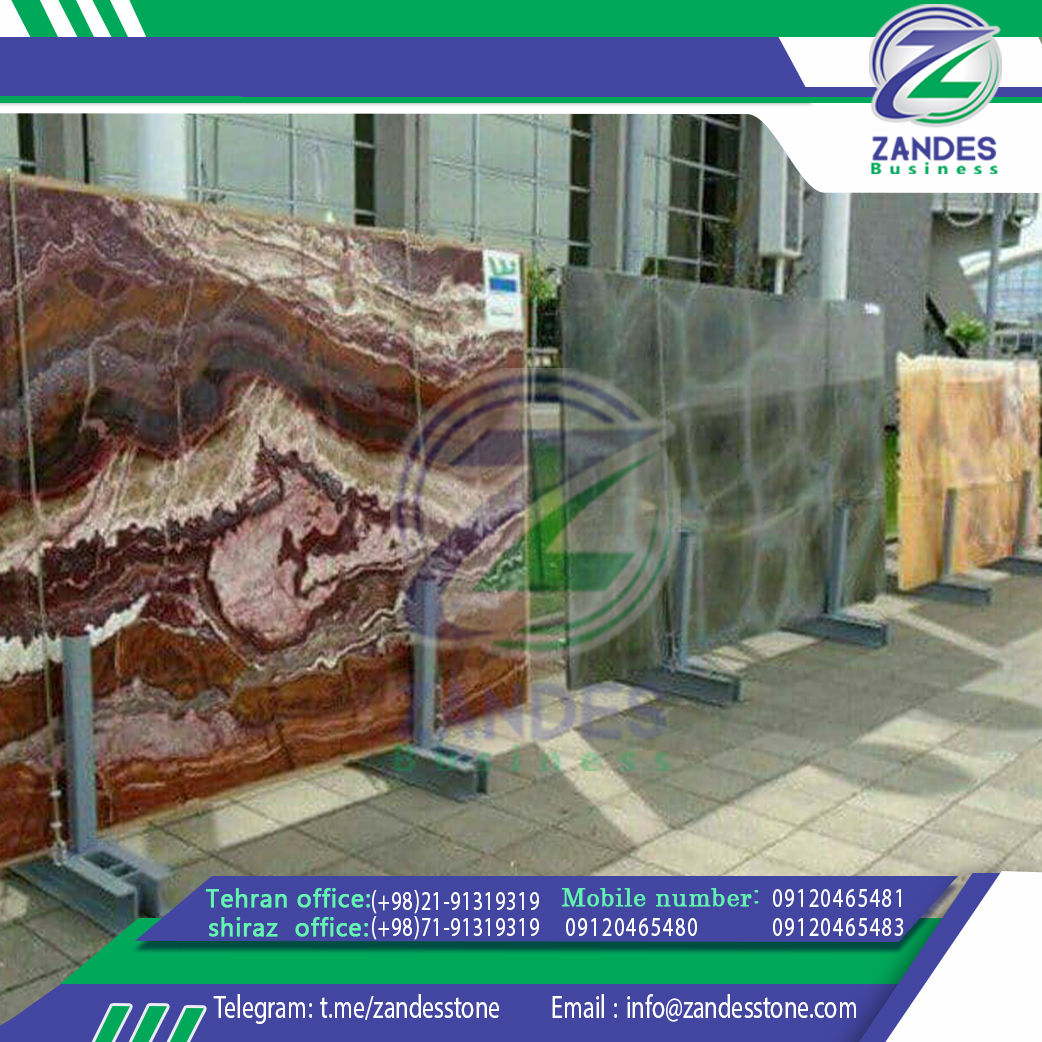
Natural stone is one of the oldest and most popular materials that is used in exterior and interior facades and walls due to its durability. the function of the stone façade is determined by construction process of building, which includes design, construction, …
Classification of natural stone based on origin:
There are three major types of stones based on three how these are formed: igneous rocks, sedimentary rocks and metamorphic rocks.
Igneous rocks:
When magma or lava cools and solidifies within the crust of earth formed intrusive rocks and when lava comes out of a volcano and solidifies formed extrusive igneous rock; intrusive and extrusive igneous rock have a same origin but their difference is related to the appearance and the size of crystals. The intrusive igneous rocks have large crystals because these have been solidifying for a long period of time. And extrusive igneous rocks cool very quickly therefore have smaller crystal.
Intrusive igneous rocks such as granite and extrusive igneous rocks such as basalt.
Sedimentary rocks:
Sedimentary rocks that are formed by the accumulation or deposition of sea sediments or organic particles at Earth’ s surface.
Sedimentary rocks are divided into categories in terms of origin. Some of the sedimentary rocks are formed by destroying other rocks and another group of chemical compounds, that this group have two types: inorganic and biochemical.
Clastic sedimentary rocks such as sandstone, conglomerate rocks and Chilean rocks.
And chemical sedimentary rocks such as limestone, evaporitic and combustible rocks.
Limestone rocks are like travertine; evaporitic rocks such as chalkstone and finally combustible rocks such as coal.
Metamorphic rocks:
Metamorphic rocks are formed from other rocks like igneous, sedimentary are changed because of heat and pressure.
Metamorphic rocks are divided into sedimentary metamorphic rocks and igneous metamorphic rocks based on which group of rocks these are obtained from.
Sedimentary metamorphic rock such as marble and quartzite and igneous metamorphic rock such as slate, schist and gneiss.
So far, we have briefly introduced types of stone and explained how they are formed; so, you can choose natural stones that should be used for the façade of building.
Natural façade stones of the building:
The stones that are extracted from mines can be used in the floors, facades and wall like: Travertine, marble, quartzite, limestone, granite, onyx, traonyx, …
All stones that we have mentioned, can be used in the façade of the building but in building façade notice to the weather condition.
Travertine stone has a very wide range of stones in and out of Iran; but we mention only examples of Iranian travertine facade stone.
Iranian marble façade stone:
Dehbid marble is one of most unique and expensive stone also it is very popular in the world.
granite façade stones such as: matrix granite stone, Yazd granite stone are in the group of these façade stones.
Porcelain stone such as: Neyriz and Aligudarz stones.
Other stones such as marble are also samples of building stones that are used in different parts of the building to create a view that fit the architecture of building.
In choosing façade stone should be pay attention to location of building and durability and whether it is exposed to moisture and heat and water or not; because all façade stones don’t have the same level of efficiency and properties.